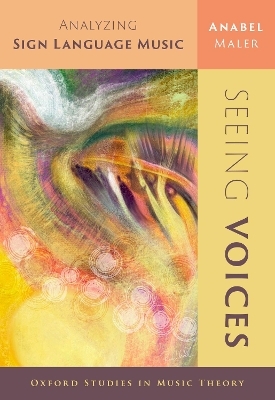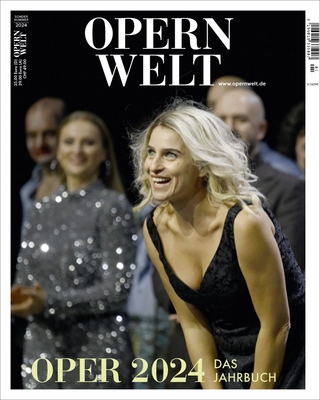
Seeing Voices
Oxford University Press Inc (Verlag)
978-0-19-760198-3 (ISBN)
- Lieferbar (Termin unbekannt)
- Versandkostenfrei innerhalb Deutschlands
- Auch auf Rechnung
- Verfügbarkeit in der Filiale vor Ort prüfen
- Artikel merken
In Seeing Voices: Analyzing Sign Language Music, author Anabel Maler argues that music is best understood as culturally defined and intentionally organized movement, rather than organized sound. This re-definition of music means that sign language music, rather than being peripheral or marginal to histories and theories about music, is in fact central and crucial to our understanding of all musical expression and perception. Sign language music teaches us a great deal about how, when, and why movement becomes musical in a cultural context, and urges us to think about music as a multisensory experience that goes beyond the sense of hearing. Using a blend of tools from music theory, cognitive science, musicology, and ethnography, Maler presents the history of music in Deaf culture from the early nineteenth century and contextualizes contemporary Deaf music through ethnographic interviews with Deaf musicians. She also provides detailed analyses of a wide variety of genres of sign language music--showing how Deaf musicians create musical parameters like rhythm and melody through the movement of their bodies.
The book centers the musical experience and knowledge of Deaf persons, bringing the long and rich history of sign language music to the attention of music scholars and lovers, and challenges the notion that music is transmitted from the hearing to the Deaf. Finally, Maler proposes that members of the Deaf, DeafBlind, hard-of-hearing, and signing communities have a great deal to teach us about music. As she demonstrates, sign language music shows us that the fundamental elements of music such as vocal technique, entrainment, pulse, rhythm, meter, melody, meaning, and form can thrive in visual and tactile forms of music-making.
Anabel Maler is an Assistant Professor of Music Theory at the University of British Columbia. Her research on sign language, Deafness, disability, and music has appeared in journals such as Music Theory Online, Music Perception, and the Journal of the Society for American Music. Her co-authored publication, "Rhythmic Techniques in Deaf Hip Hop" received the 2021 Adam Krims award from the Society for Music Theory. She previously taught at the University of Iowa and Indiana University.
Note on the Cover Art
Acknowledgments
Introduction
Part I: Contexts
Chapter 1: Music and Deafness in America, 1820-1965
Chapter 2: Deaf Culture's Musical Presents
Part II: Analysis
Chapter 3: The Signing Singing Voice
Chapter 4: Rhythm and Meter
Chapter 5: Melodic Techniques
Chapter 6: Meaning and Form
Epilogue
Works Cited
Index
| Erscheinungsdatum | 10.07.2023 |
|---|---|
| Reihe/Serie | Oxford Studies in Music Theory |
| Zusatzinfo | 28 music examples, 25 figures, 2 tables |
| Verlagsort | New York |
| Sprache | englisch |
| Maße | 156 x 236 mm |
| Gewicht | 381 g |
| Themenwelt | Kunst / Musik / Theater ► Musik ► Klassik / Oper / Musical |
| Kunst / Musik / Theater ► Musik ► Musiktheorie / Musiklehre | |
| Sozialwissenschaften ► Pädagogik | |
| Sozialwissenschaften ► Soziologie | |
| ISBN-10 | 0-19-760198-7 / 0197601987 |
| ISBN-13 | 978-0-19-760198-3 / 9780197601983 |
| Zustand | Neuware |
| Informationen gemäß Produktsicherheitsverordnung (GPSR) | |
| Haben Sie eine Frage zum Produkt? |
aus dem Bereich


